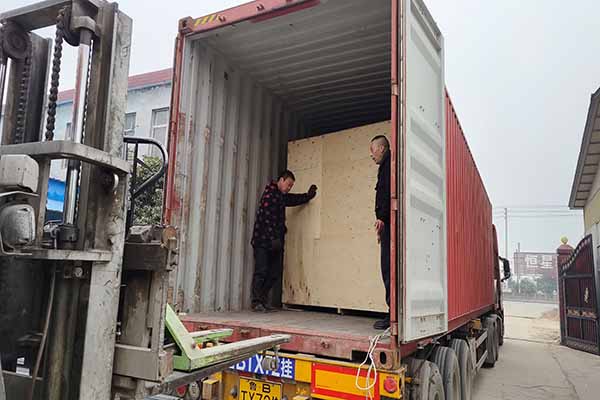A Comprehensive Guide to Automatic Chicken Cages for 70,000 Birds
Time : 2025-06-26
Automatic chicken cages designed for a capacity of 70,000 birds are a significant investment in any large-scale poultry operation. These advanced systems ensure optimal conditions for the chickens, increase productivity, and reduce labor costs. This article delves into the design, components, benefits, and considerations for implementing an automatic chicken cage system capable of housing up to 70,000 birds.
Understanding Automatic Chicken Cages
Automatic chicken cages are specifically designed to house a large number of chickens efficiently and comfortably. These systems are typically used in commercial poultry farms where scalability and automation are crucial.
Design Principles
The design of automatic chicken cages for 70,000 birds is based on several key principles:
– Space Efficiency: Cages are designed to maximize space while allowing each bird enough room to move comfortably.
– Temperature Control: Climate control systems are integrated to ensure optimal conditions for chicken health and growth.
– Egg Collection: Systems for collecting eggs without disturbing the chickens are a crucial aspect of such designs.
– Sanitation: Automatic cleaning and disinfection processes help maintain high hygiene standards.
– Feed Distribution: Automated feeding systems provide consistent nutrition to the chickens.
Key Components of Automatic Chicken Cages
An automatic chicken cage system for 70,000 birds comprises several key components:
1. Cages
Cages are typically made of metal or plastic and are equipped with perches, feeding troughs, and watering systems. They are designed to house multiple birds per cage, ensuring even distribution and easy maintenance.
2. Climate Control Systems
To maintain the optimal temperature and humidity for the chickens, these systems use fans, heaters, and coolers. They are programmable to adapt to different stages of the chickens’ lifecycle.
3. Egg Collection System
Automated egg collection systems reduce labor requirements and ensure that eggs are collected efficiently without disturbing the birds.
4. Feed Distribution System
Automated feeding systems dispense food precisely according to the chickens’ dietary needs. This system also prevents feed wastage and ensures that the chickens are fed evenly.
5. Watering System
The automatic watering system ensures that chickens have access to clean, fresh water at all times. The system can be adjusted to maintain the water temperature, reducing energy consumption.
6. Cleaning and Disinfection System
Regular cleaning and disinfection are vital for disease control and bird welfare. Automatic cleaning systems use misters, sprayers, and brushes to sanitize the cages.
Benefits of Automatic Chicken Cages
Implementing an automatic chicken cage system for 70,000 birds offers several benefits:
1. Improved Bird Welfare
By providing controlled environments, the chickens are less susceptible to diseases and have better growth rates.
2. Increased Productivity
Automated systems allow for continuous operation, reducing downtime and increasing overall productivity.
3. Labor Efficiency
Reduced manual labor requirements can significantly lower labor costs, allowing farmers to allocate resources to other aspects of their business.
4. Enhanced Hygiene
Automatic cleaning systems maintain high hygiene standards, reducing the risk of disease outbreaks.
5. Energy Efficiency
Smart temperature control and feed distribution systems help reduce energy consumption, making the operation more environmentally friendly.
Considerations for Implementation
When planning to implement an automatic chicken cage system for 70,000 birds, several considerations should be taken into account:
1. Layout and Planning
The layout of the farm, including the placement of buildings, ventilation systems, and waste management facilities, should be carefully planned to ensure efficiency and minimize the impact on the environment.
2. Technical Expertise
It is crucial to have access to knowledgeable staff who can manage and maintain the system effectively.
3. Cost-Benefit Analysis
A thorough cost-benefit analysis is necessary to ensure that the investment in an automatic chicken cage system is financially viable in the long term.
4. Legal and Regulatory Compliance
Ensure that the system complies with local laws and regulations regarding animal welfare and environmental impact.
Conclusion
Automatic chicken cages for 70,000 birds represent a sophisticated solution for large-scale poultry operations. With their numerous benefits and advanced features, these systems contribute to improved bird welfare, increased productivity, and lower operational costs. Careful planning, execution, and ongoing maintenance are key to the successful implementation of such a system.












